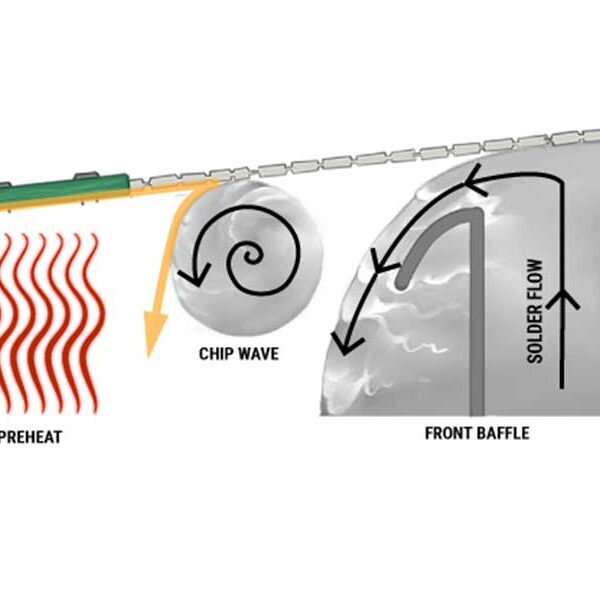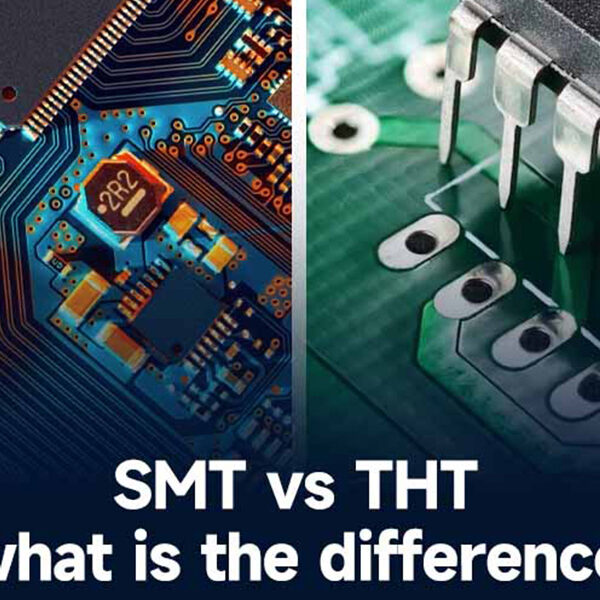What is reflow soldering?
Reflow soldering is a widely used method for soldering surface mount components onto printed circuit boards (PCBs). It involves the use of solder paste, which is a mixture of tiny solder particles suspended in a flux medium. The solder paste is applied to the PCB pads, and then the components are placed on top of…















